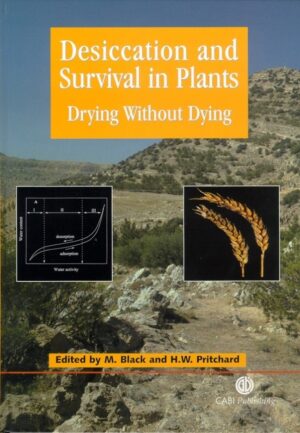Organisms and environment have evolved through modifying each other over millions of years. Humans appeared very late in this evolutionary time scale. With their superior brain attributes, humans emerged as the most dominating influence on the earth. Over the millennia, from simple hunter-food gatherers, humans developed the art of agriculture, domestication of animals, identification of medicinal plants, devising hunting and fishing techniques, house building, and making clothes. All these have been for better adjustment, growth, and survival in otherwise harsh and hostile surroundings and climate cycles of winter and summer, and dry and wet seasons. So humankind started experimenting and acting on ecological lines much before the art of reading, writing, or arithmetic had developed. Application of ecological knowledge led to development of agriculture, animal husbandry, medicines, fisheries, and so on. Modem ecology is a relatively young science and, unfortunately, there are so few books on applied ecology. The purpose of ecology is to discover the principles that govern relationships among plants, animals, microbes, and their total living and nonliving environmental components. Ecology, however, had remained mainly rooted in botany and zoology. It did not permeate hard sciences, engineering, or industrial technologies leading to widespread environmental degradation, pollution, and frequent episodes leading to mass deaths and diseases.
Considerable progress has been made in topics dealing with: modelling methods, feeding behaviour, digestion and metabolic processes in ruminants and monogastric animals. This progress is clearly illustrated by the emergence of a new paradigm in animal nutrition, which has moved from the aim to cover the requirements of the animal to explaining and predicting the responses of the animals to diets (e.g. productivity and efficiency, impact on quality of products, environmental aspects, health and well-being). In this book several chapters illustrate that through empirical models, meta-analysis is an efficient tool to synthesize information gathered over recent decades. In addition, compared with other books on modelling farm animal nutrition, two new aspects received particular attention: expanding knowledge of the individual animal to understanding the functioning and management of herds, and the consideration of the environmental impact of animal production.
This book is a valuable source of information for researchers, nutritionists, advisors, and graduate students who want to have up-to-date and concise information on mathematical modelling applied to farm animals.




